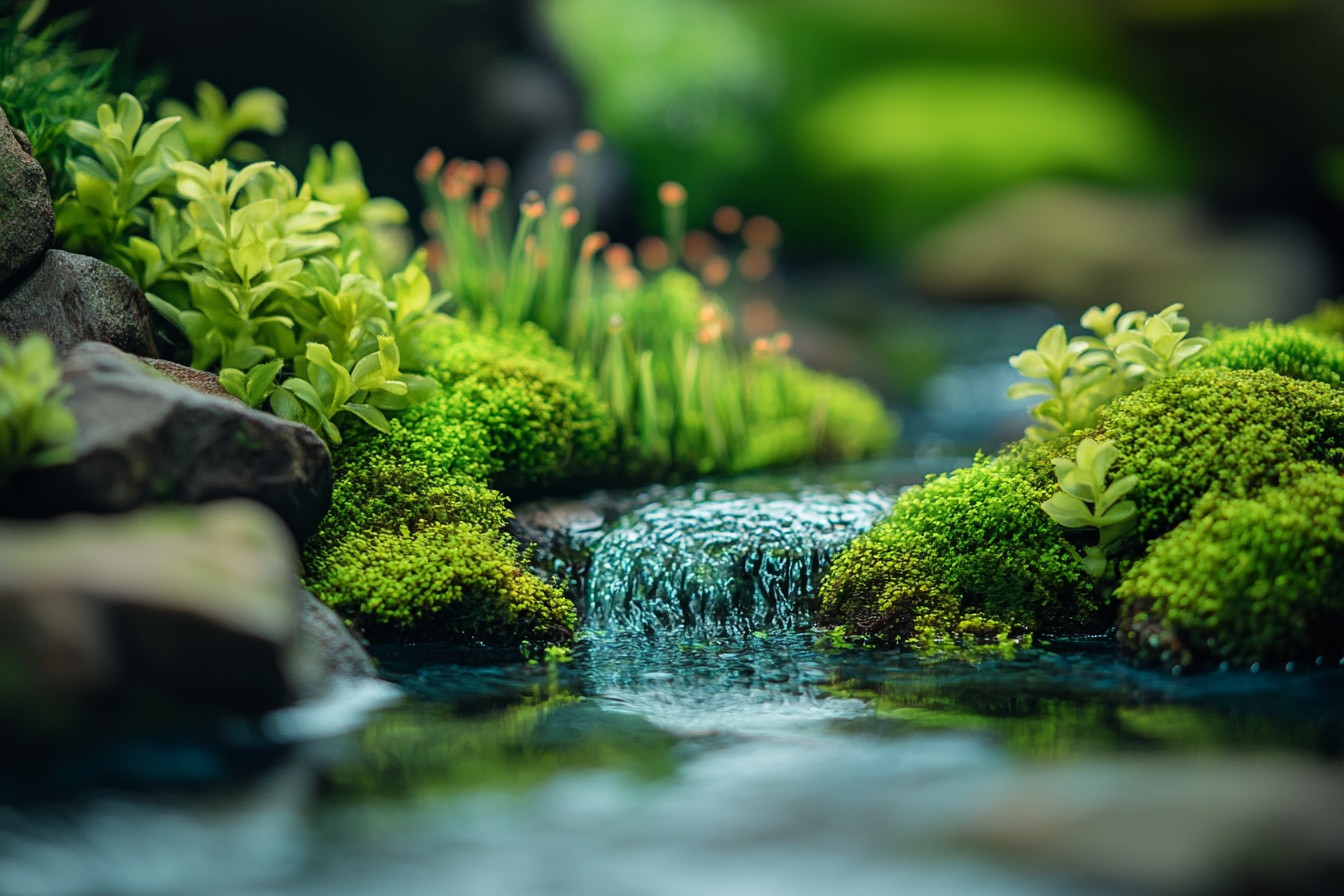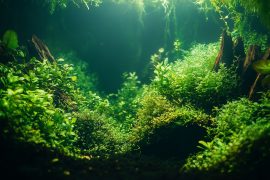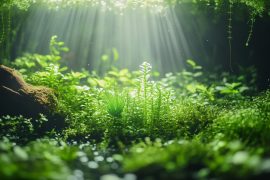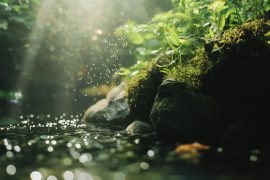The first time I set up a nano tank, I failed spectacularly. Picture this: three dead shrimp, a melting carpet of expensive plants, and an algae bloom so green it looked radioactive. This was not the elegant miniature ecosystem I had envisioned.
I had approached it like a scaled-down version of my larger tanks, and that fundamental misconception cost me dearly. Nano tanks are seductive little liars. They promise simplicity with their diminutive dimensions and modest price tags.
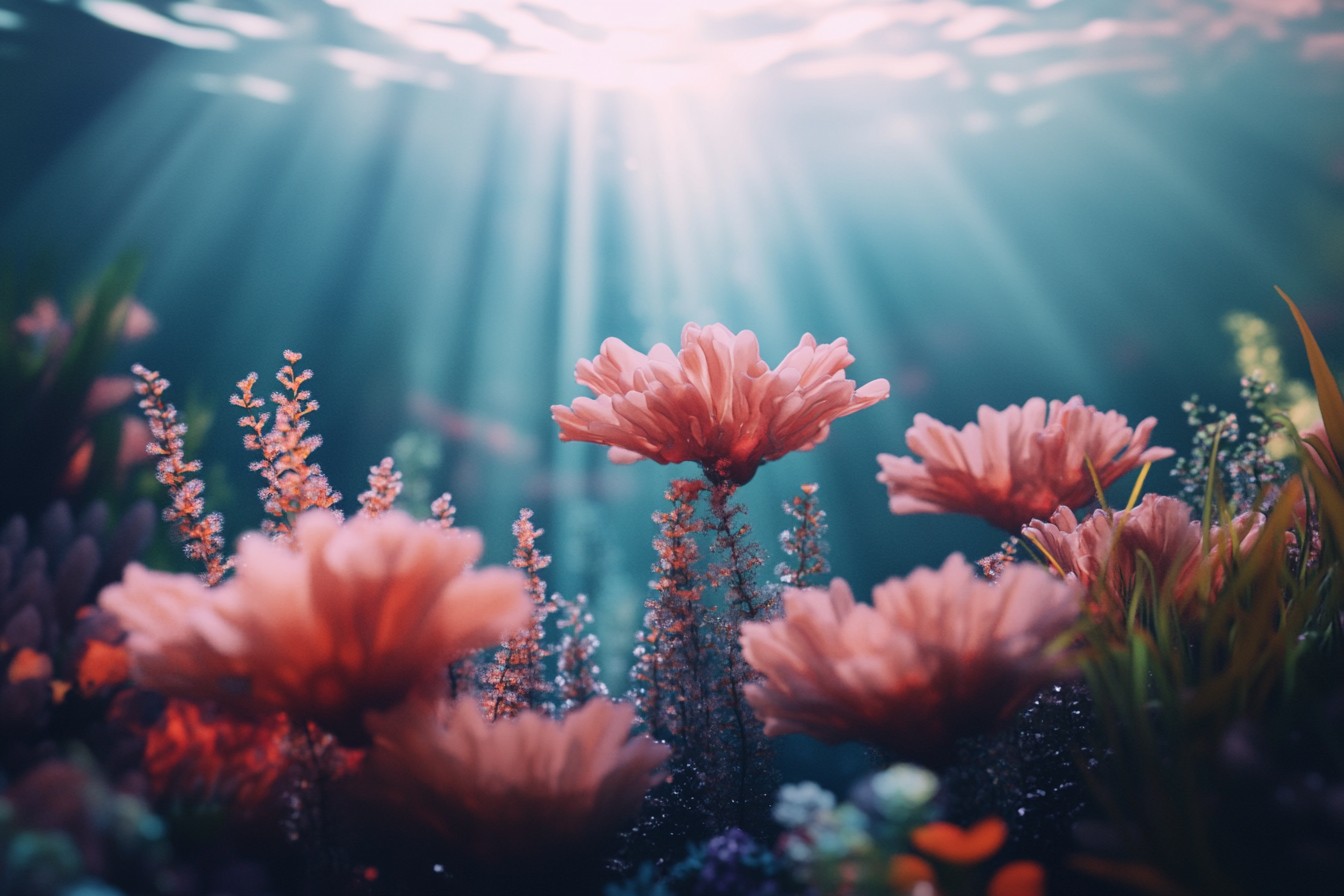
“Just a little tank,” you think. “How hard could it be?” But ask anyone who’s mastered them, and they’ll tell you—these small wonders demand more precision, not less. They’re the bonsai of the aquatic world, unforgiving of shortcuts and brutally quick to collapse when neglected.
I’ve since set up dozens of nano tanks, ranging from 2.5 to 10 gallons, and each one has taught me something new. My kitchen currently houses a 6-gallon cube that’s been running for three years—a lush underwater forest with a thriving colony of cherry shrimp and a single temperamental betta who surveys his domain like a tiny, iridescent dictator. Getting to this point wasn’t easy, and the journey involved more frustration than I care to admit.
Temperature stability is the first hurdle most nano enthusiasts face. My home office gets morning sun, which I discovered can raise a 3-gallon tank’s temperature by 4 degrees in just two hours. That’s why my second nano attempt—a lovely little 3-gallon on my desk—crashed so hard.
Those temperature swings stressed every living thing in that water until the system simply collapsed. Now I’m religious about placement—no direct sunlight, away from vents, heaters, and exterior walls. For heating, I’ve found that most standard aquarium heaters are ridiculously overpowered for nano tanks.
After cooking some unfortunate tetras with a heater rated “for tanks up to 5 gallons” (it raised the temperature to 90°F before I caught it), I switched to specialized nano heaters with proper thermostats. The price jump is substantial, but so is the peace of mind. Filtration presents another challenge in these miniature systems.
Those all-in-one filters that come with most nano kits? They’re usually garbage—too powerful for the tank size, causing hurricane-like conditions for inhabitants, or too weak to provide adequate biological filtration. After trying at least eight different filtration systems, I’ve settled on small sponge filters for most of my nanos.
They’re gentle enough for shrimp tanks but provide excellent bacterial housing. Plus, they don’t create the death traps that intake tubes on hang-on-back filters often become for curious micro-fauna. My worst filtration disaster involved an expensive nano canister filter that leaked slowly—so slowly I didn’t notice until the water had seeped under my hardwood flooring.
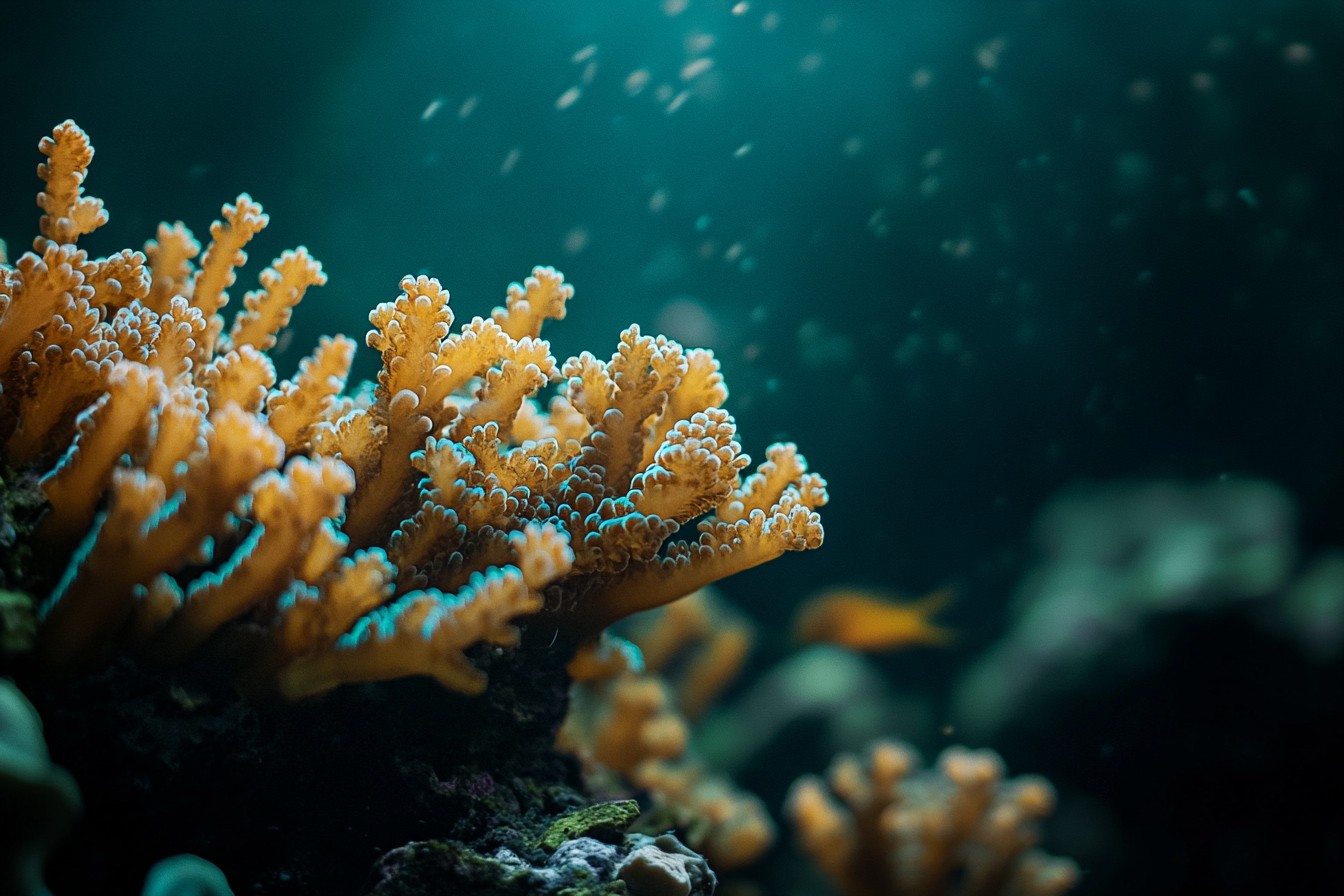
That was an expensive lesson in equipment testing. Now I run new filters in a plastic tub for 48 hours before trusting them with an actual setup. The substrate in a nano tank isn’t just aesthetic—it’s a crucial part of your filtration system.
I’ve found that aquasoils designed specifically for nano tanks work wonders, though they can be pricey. For my 5-gallon shrimp breeding tank, I invested in a specialized buffering soil that keeps the pH stable for Caridina shrimp. At nearly $40 for a small bag, my roommate thought I was insane.
“It’s literally fancy dirt,” he said, watching me carefully measure it out. Six months and three successful shrimp breeding cycles later, he admitted the fancy dirt was worth it. When it comes to hardscape, restraint is your friend—something I learned after creating what my girlfriend called “rock mountain in a cup.” I had stuffed a 2.5-gallon with so many dramatic stone formations that there was barely room for water, let alone plants or creatures.
Now I follow the less-is-more approach: one statement piece of driftwood or stone, positioned according to the rule of thirds, with negative space deliberately incorporated into the design. Finding appropriately sized materials is its own challenge. I once spent an entire afternoon in a landscaping yard, crouched over stone piles with a ruler and my phone’s calculator, trying to ensure the rocks I selected wouldn’t displace too much water.
The yard’s owner eventually came over, curious about my methodical approach. When I explained I was aquascaping a 3-gallon tank, he laughed so hard he had to sit down. He then helped me select perfect smaller pieces from his “not worth selling” pile, refusing payment.
I sent him photos of the finished tank, and he now saves interesting small stones for me. Plant selection for nano tanks requires strategic thinking. Those gorgeous stem plants that look so elegant in larger setups?
They’ll outgrow your nano tank in weeks, requiring constant pruning. For my low-maintenance office nano, I rely heavily on slow-growing epiphytes like Bucephalandra and Anubias nana ‘Petite’—plants that attach to hardscape and don’t need substrate at all. My latest obsession is creating natural-looking moss trees in my nano tanks.
It took seven attempts and countless hours of tying microscopic portions of Christmas moss to tiny driftwood branches before I created one I was truly proud of. The finished product looks like a miniature underwater cypress tree, and visitors to my apartment inevitably ask if it’s real. It is, of course, but achieving that natural look is anything but natural—it’s meticulous human intervention disguised as nature’s handiwork.
Stocking is where most nano enthusiasts go wrong, and I’m certainly guilty here too. My first nano community included five neon tetras, which any experienced keeper will tell you need much more swimming space and stable water conditions than a 5-gallon can provide. They survived, but they didn’t thrive, and I eventually moved them to a 20-gallon where their colors intensified and their behavior completely changed—from hiding constantly to actively schooling.
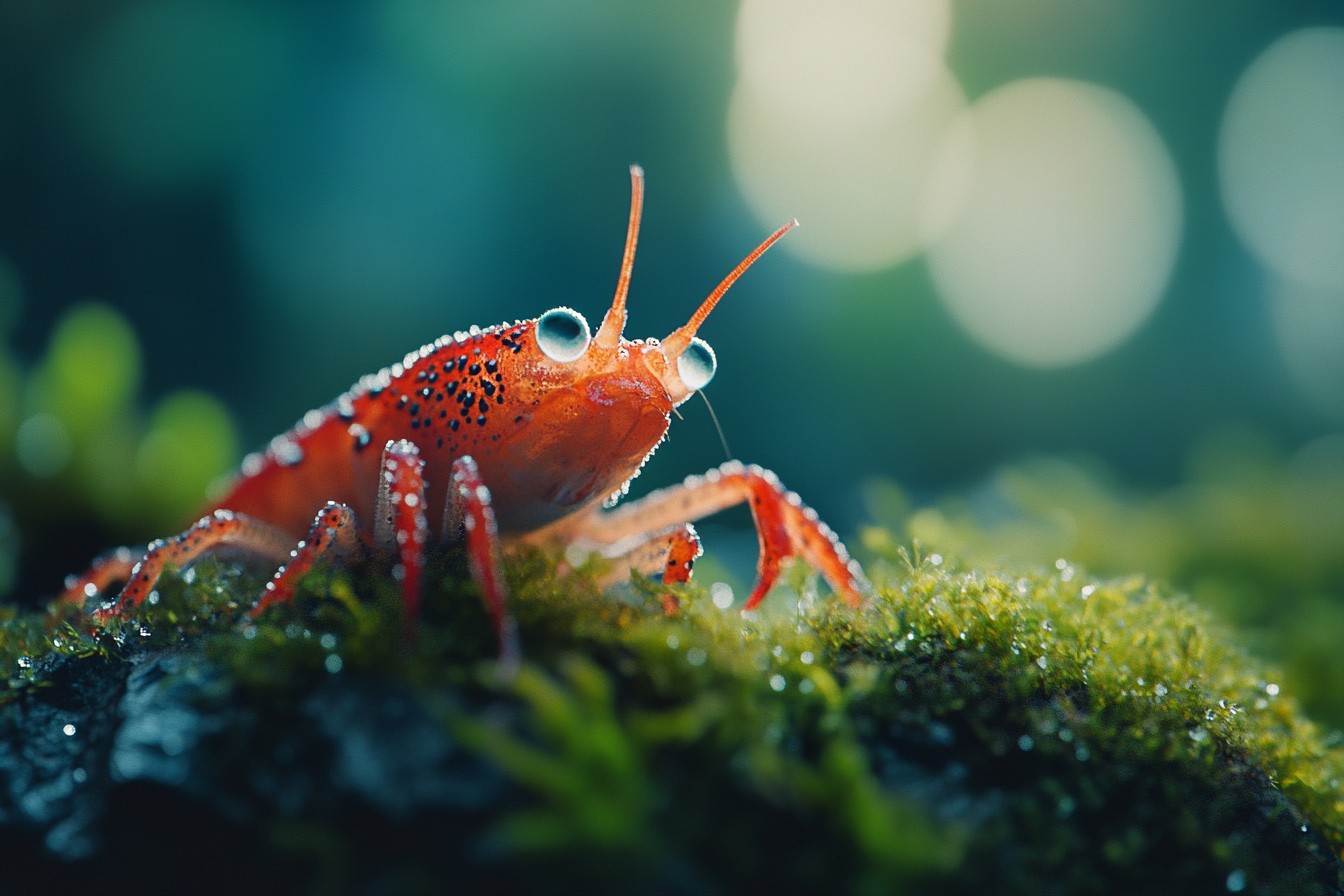
Now I stick to species specifically suited to tiny territories. My favorite nano inhabitants are the oddball specialists—Thai micro crabs barely larger than my pinky nail, or the Scarlet Badis, a fish so small yet so full of personality that watching one is like having an underwater hummingbird. These creatures don’t just tolerate small spaces; they’re perfectly adapted for them.
The maintenance schedule for a nano tank isn’t simpler—it’s more frequent and more precise. I learned this when my first successful nano crashed after three months because I treated water changes like I did for my bigger tanks. In a 5-gallon, removing and replacing one gallon represents a 20% water change—significant enough to cause stress if parameters don’t match perfectly.
I now use a specific protocol: smaller, more frequent water changes (typically 10-15% twice weekly rather than 30% once a week), and fanatical attention to matching temperature and parameters. My secret weapon is a dedicated 2-gallon container of water that sits next to each nano tank, pre-treated and temperature-equalized for at least 24 hours before use. This might seem excessive, but it’s eliminated the parameter swing problems that plagued my early attempts.
The lighting demands of nano tanks taught me another expensive lesson. I initially used a standard LED light on my first planted nano, and within two weeks, I had an algae farm instead of an aquascape. The light was way too powerful for the shallow depth, essentially cooking my plants and fueling algae growth.
I’ve since invested in dimmable nano-specific lights, many with built-in timers that allow for a gradual sunrise/sunset effect. The difference is remarkable—not just in plant health but in how the tank appears visually. There’s a meditative quality to maintaining these small worlds that I’ve come to cherish.
Each water change is an opportunity to observe minutiae that would be missed in larger systems—a shrimp molting, a microscopic snail hatching, the first unfurling of a new leaf. My weekend morning ritual now includes coffee and nano tank maintenance, a combination that grounds me better than any meditation app I’ve tried. The most rewarding aspect of nano tanks, for me, is how they force creativity within constraints.
Anyone can make a 90-gallon tank look impressive with enough plants and equipment. Creating something breathtaking in 3 gallons? That requires ingenuity and precision.
My proudest achievement is a 4-gallon rimless tank that consistently fools visitors into thinking it’s much larger, thanks to careful scale consideration in every element from substrate grain size to plant leaf dimensions. For those venturing into the nano world, I offer this hard-won advice: start with the right equipment, stock conservatively, maintain religiously, and approach the entire project with the respect these small ecosystems deserve. A properly executed nano tank isn’t just a smaller version of a big tank—it’s an exercise in minimalist precision that teaches patience in ways few other hobbies can match.
And if your first attempt turns into an algae-covered disaster with unhappy inhabitants? Well, join the club. My current successes exist only because of prior failures.
In the world of nano aquascaping, precision isn’t just recommended—it’s required. But the reward—a thriving miniature ecosystem that captivates both keeper and observer—is worth every moment of the meticulous effort it demands.
